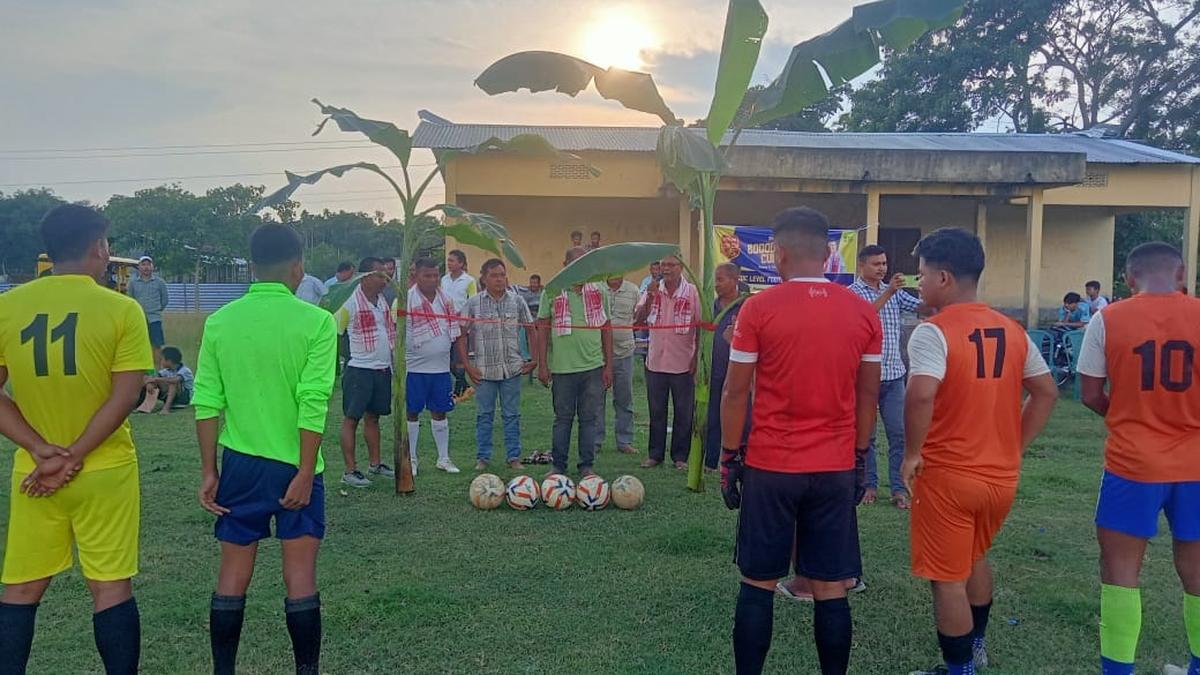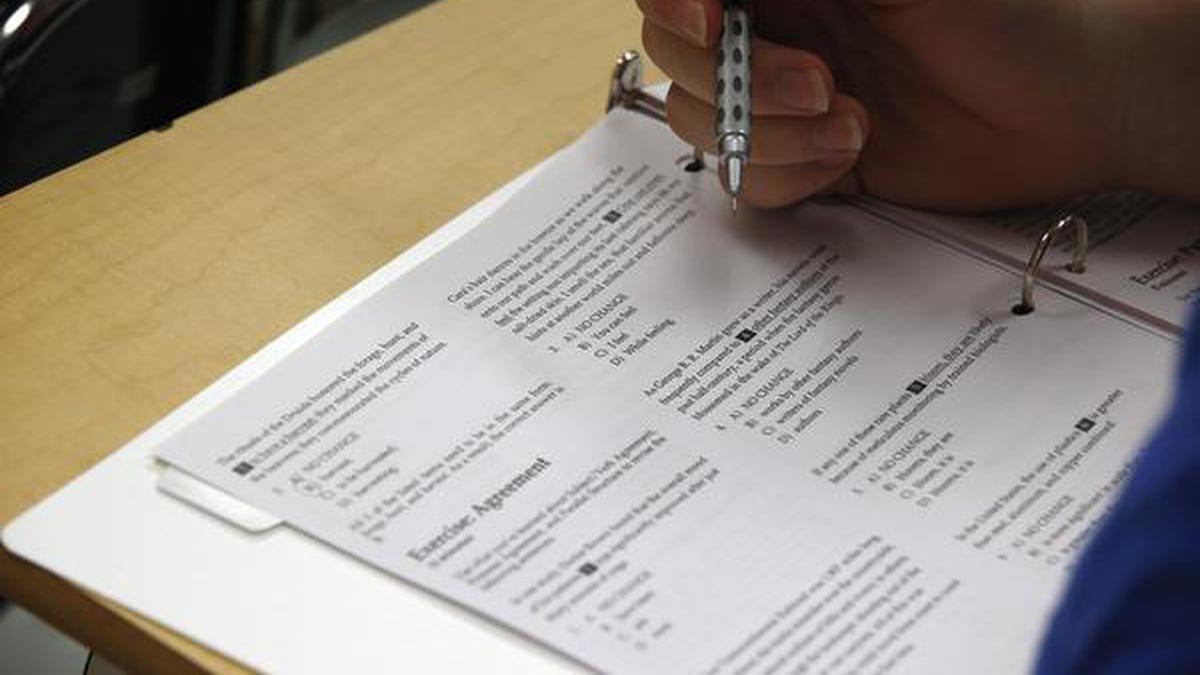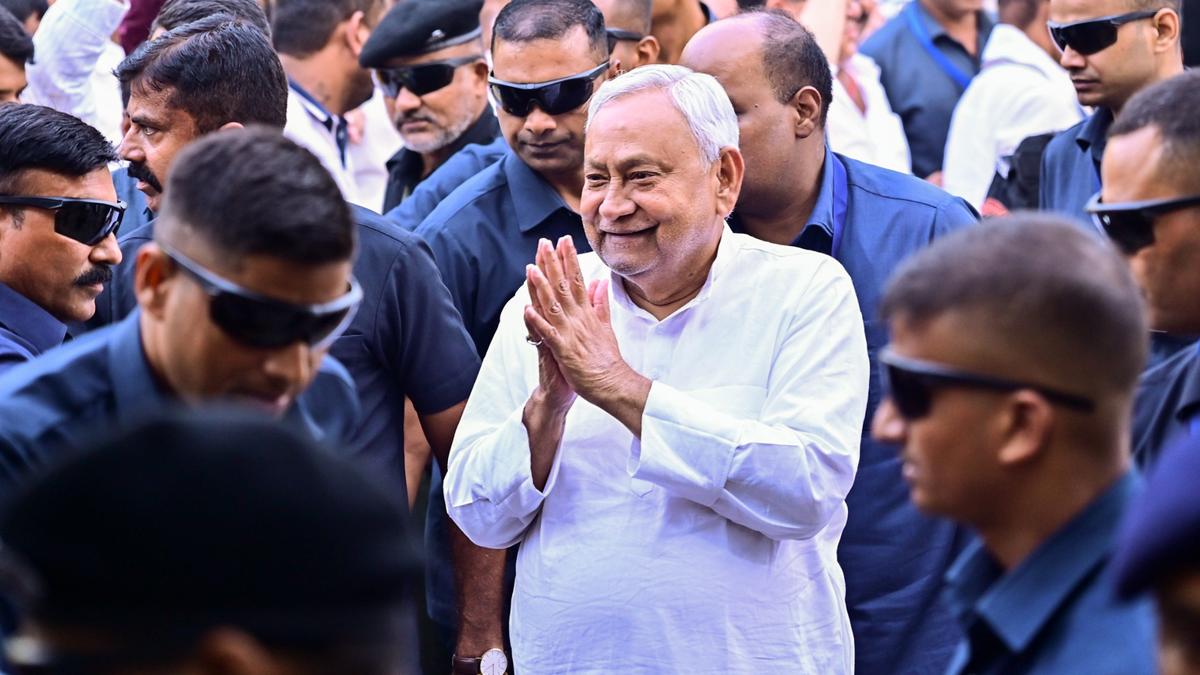Karnataka will hold its second socio-economic survey from Monday (September 22, 2025). The Congress government set aside the report of the first survey, conducted in 2015, as well as the recommendations based on it and submitted in 2024. The second survey, to be conducted over a fortnight by the Karnataka State Commission for Backward Classes, is being held amid a sea of objections raised by the BJP as well as some land-owning, politically dominant, and numerically strong communities.
The Commission has compiled a tentative list of 1,400 castes. This has opened a Pandora’s Box. The BJP has attacked the Siddaramaiah government for attempting to “divide Hindus”. The BJP and some caste groups have opposed the inclusion of Christian sub-castes (identified for the first time during the earlier survey based on how people named themselves) that included nomenclatures such as Vokkaliga-Christian, Brahmana-Christian, and Lingayat Christian.
To the embarrassment of the State government, these nomenclatures have been opposed by Cabinet Ministers representing the dominant communities as well. Leaders of castes cutting across party lines fear that these “new castes” will bring down their population figures.

During the last Cabinet meeting, the Chief Minister came under intense pressure to scrap the survey or postpone it until the “anomalies” were set right. Deputy Chief Minister D.K. Shivakumar, a Vokkaliga strongman, and senior Ministers M.B. Patil and Eshwar Khandre, representing the Veerashaiva-Lingayat community, opposed the “new castes”. The Chief Minister then asked the Commission, an independent body, to address the confusion by masking some of these “new castes” in the list so that they can be allowed to enumerate themselves in the ‘Others’ category.
While the Opposition blames the government for the confusion, the Commission has made it clear that during the last enumeration, members of these “new Christian sub castes” had approached it, requesting it for a separate grouping. It said that the government did not have any role in the inclusion or deletion of any castes/sub castes.
The RSS and BJP are also anxious about developments in the Veerashaiva-Lingayat community. The Akhila Bharatha Veerashaiva Mahasabha and the Jagathika Lingayata Mahasabha, two big caste organisations, have appealed to the community to say that they belong to the ‘Veerashaiva-Lingayat’ and ‘Lingayat’ religions, respectively, in the ‘Others’ column. Both organisations are working for a separate religion status for the community, though they have differences of opinion on nomenclature. The BJP is upset that the sabhas have appealed to the communities to not categorise themselves as ‘Hindu’. Leaders including former Chief Ministers Basavaraj Bommai and Jagadish Shettar have accused the Congress of using caste organisations to “divide the Hindu community”. Incidentally, Cabinet Minister Eshwar Khandre is the general secretary of the Veerashaiva Mahasabha, while Congress leader Shamanur Shivashankarappa is its president.

The dominant narrative so far has been about the way that community members would enumerate themselves, with major communities such as the Veerashaiva-Lingayats, Vokkaligas, Brahmins, Muslims, and Kurubas trying to consolidate themselves. The findings of the 2015 survey and the recommendations based on it were set aside citing the reason that they were a decade old and “brought down” the numbers of dominant communities. It should be noted that these communities, for decades, bargained for political clout using their estimated population data.
The Commission’s report based on the survey and its recommendations are crucial for backward classes’ reservation, with 32% in the overall 56% reservation matrix in the State. Though determining “backwardness” of various caste groups is the key objective of the survey, the focus of the dominant communities has been primarily on numerical consolidation.
Nomadic, semi-nomadic and microscopic communities within the Other Backward Classes grouping, who were given the ‘Most Backward’ status in the old report, are hoping that the survey will benefit them. However, the voices of these communities remain drowned in the clamour of dominant communities.



.png)
.png)
.png)
















 1 hour ago
6
1 hour ago
6









 English (US) ·
English (US) ·